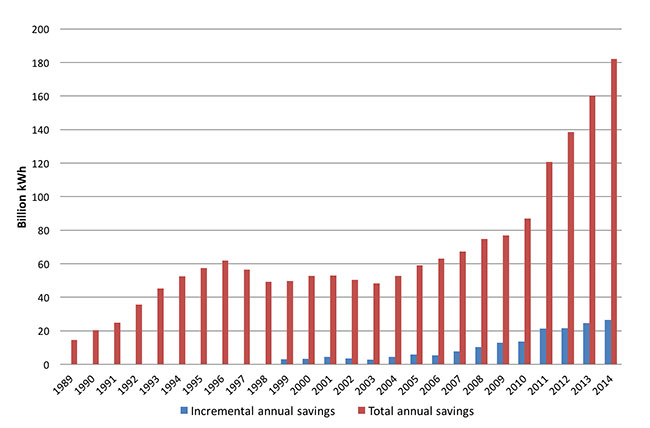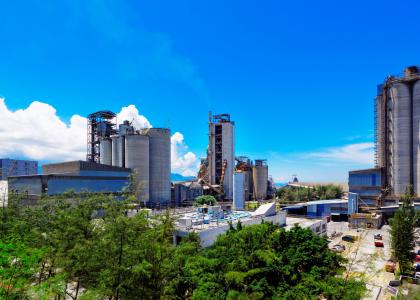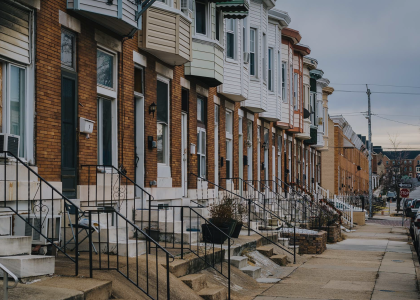Electric utilities and independent statewide program administrators deliver a substantial share of efficiency programs across the country. Some utilities have delivered such programs for decades. Since the mid-2000s, though, the size and scope of the programs have grown dramatically. Today, utilities and administrators implement energy efficiency programs in all 50 states and the District of Columbia.
Incremental electricity savings, or, savings attributed to new programs implemented in a given year, have risen steadily over the past decade. And since most efficiency measures continue to generate savings for residents and businesses for years after they are installed, the total annual impact of efficiency programs is dramatic.
Electricity savings from utility sector energy efficiency programs by year
Source: ACEEE analysis of data from EIA Form 861and EIA Annual Energy Review. Total annual savings in 2013 and 2014 estimated by ACEEE because EIA no longer provides this figure. Incremental annual savings are savings from measures installed that year. Total annual savings are those achieved in a year from measures installed that year and in prior years.
In 2014, ratepayer-funded energy efficiency programs saved more than 180 billion kWh of electricity for residents and businesses across the US. About 26.5 billion kWh of savings came from new measures implemented that year, while an additional 155 billion kWh of savings was generated from measures put in place in prior years. These large-scale savings are equivalent to more than 4% of electricity consumption in 2014.
Electricity savings are likely to continue to grow as states ramp-up savings in response to energy savings goals, and utilities develop new and creative ways of delivering energy efficiency to their customers. These electricity savings have a real impact on households and businesses: efficiency keeps money in people’s pockets, creates jobs, and reduces the environmental impact of energy use. As more utilities turn to energy efficiency as a clean, low-cost, and effective way to meet demand, we expect that electricity savings will continue to rise.
For more on national energy metrics, see Energy Efficiency in the United States: 35 Years and Counting.
Data Points is a blog series focusing on the graphs and other images that tell the energy efficiency story.




